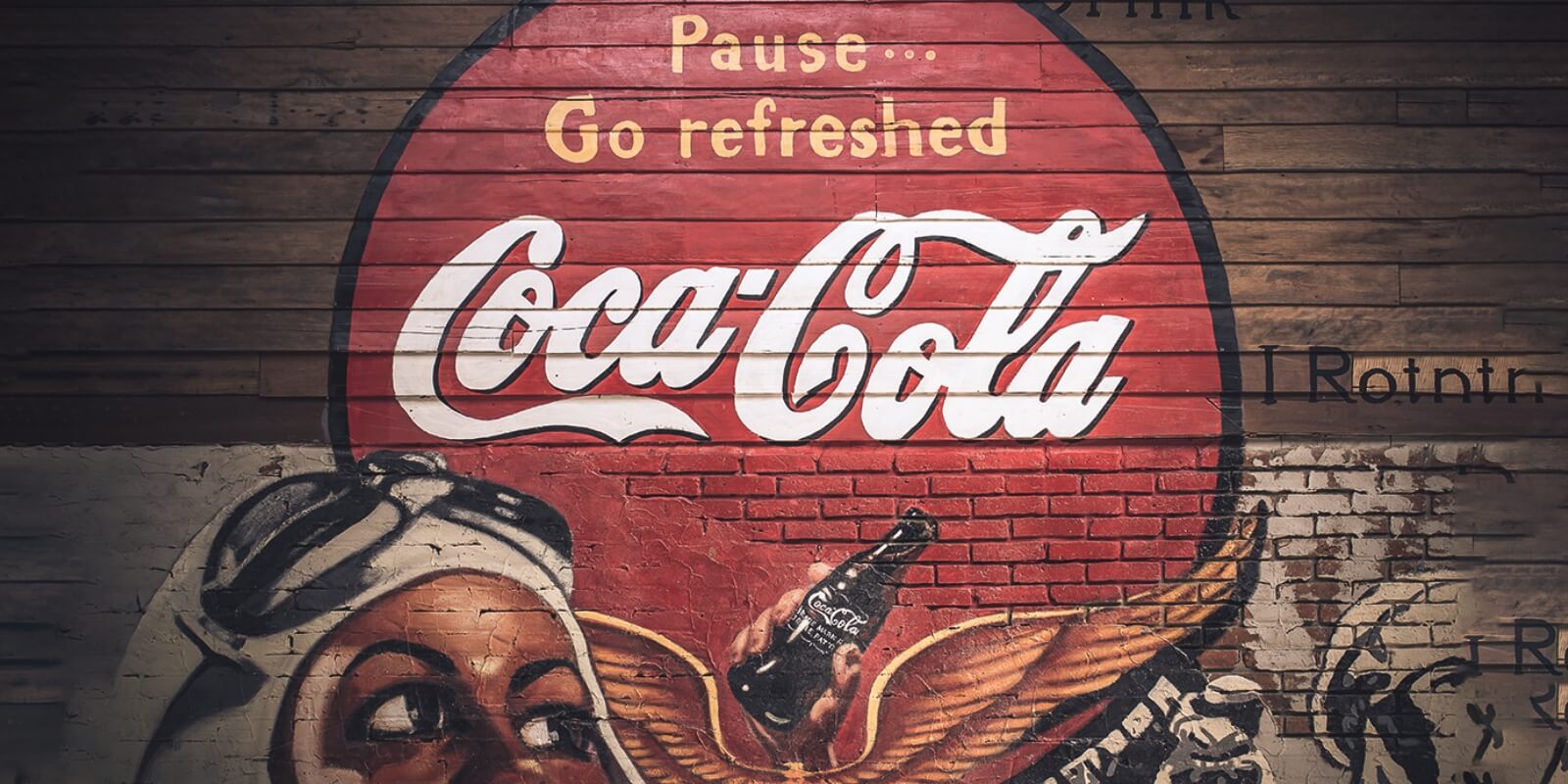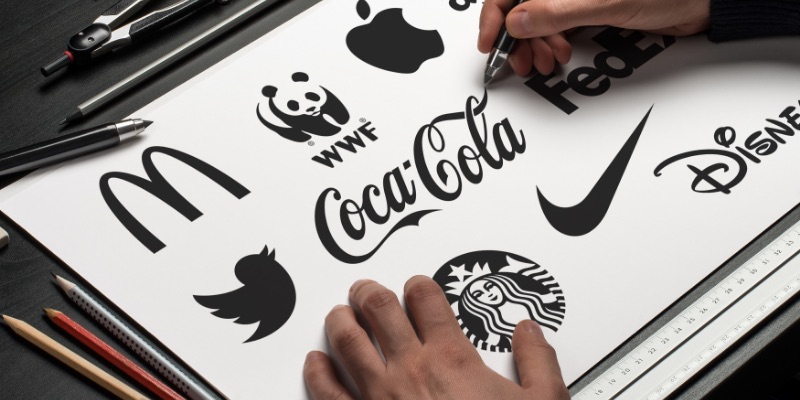

“For individuals looking for high-quality beverages, Coca-Cola offers a wide range of the most refreshing options — each creates a positive experience for customers when they enjoy a Coca-Cola brand drink. Unlike other beverage options, Coca-Cola products inspire happiness and make a positive difference in customers' lives, and the brand is intensely focused on the needs of consumers and customers.”
You won’t hear that spiel on TV adverts. You won’t read it on a billboard. And you won’t find it on Coca-Cola’s website, either.
Sure, you can “open happiness” – but Coca-Cola isn’t open about its brand positioning statement.
Some things aren’t meant for the public eye.
And that’s one of the major elements of brand positioning statements – they’re meant to be private, internal, out of the public realm. Unlike taglines and mottos, they don’t cry out for attention.
Today, we’re going to explore these introverts of the branding world.
So, sit back, open up that can of happiness, and let’s begin.
The simplest definition of a brand positioning statement is this:
A brief description of how your product or service fills a need of your target market or audience. It’s meant to be an internal tool to help align marketing efforts with the brand’s identity.
A brand positioning statement consists of:
Let’s look at each of those parts in detail. We’ll break down Coke’s statement above as an example.
Most positioning statements are no more than a line or two. This keeps things succinct. It’s all in one place and it’s easy to remember.
Coke’s above positioning statement is all of 2 sentences. Granted, they are a bit long, but they get the message across. Each word is necessary and most are exactly the right word. No others will do.
Coke caters to “individuals looking for high-quality beverages”.
So ask yourself this: who are your customers? To whom does your product or service appeal?
Better yet, who are you trying to appeal to? What’s your target audience?
When forming your brand positioning statements, your target audience comes first. You have to know exactly who you serve in order to make sure your brand delivers to them, right? And when marketing, you have to know who to appeal to.
Otherwise, your brand positioning is off and your marketing efforts will most likely fail.
Meeting your target audience’s pain points can’t be accomplished until you know who they are. Honing in on your target customers has to come first.
The next important element is the product line or service you offer. Coke spells it out as “the most refreshing options”.
Your offer is central to your brand identity and your positioning statement. It’s why your customers come to you and not the competition. It’s what you want your brand to be known for.
You may not have the most refreshing thing to offer, but your brand is yours and you offer it with pride. Your brand’s positioning statement should reflect that pride and confidence.
Your brand promise is what your target audience stands to gain by using your product or service. It’s the pain points your offer addresses and dissolves. The solution it provides. The change your brand makes in your customers’ lives.
For Coke, that’s a “positive experience” and a “positive difference”.
What is your brand’s promise? What big, important thing do you offer your tribe?

This is where many people confuse a brand positioning statement with a fellow marketing declaration – the mission statement.
Mission statements are those feel-good, public-facing one or two liners created by a brand all about why you do what you do. They’re meant to impress your customers and prospects.
And that’s wonderful. But a brand positioning statement is for you. It’s a quiet reminder of your purpose as a business. The ideals you and your brand hold nearest and dearest.
With Coke, they want to “inspire happiness” and make those positive experiences a reality.
Why do you do what you do? What inspires you and motivates you to get up and at it every day?

What sets you apart from the competition? What makes you unique? How do you compare on the scale?
This is another aspect of brand positioning statements that often confuses those new to branding and/or business.
A value proposition statement sets down in writing just how your brand and your business is different from all those other guys out there. It’s a big, broad picture of the benefits your offer provides.
And while a value proposition is big and broad, your positioning statement is bigger. It’s broader. It’s the wall-sized mural as opposed to the over-the-fireplace portrait.
And guess what? You can’t create your positioning statement until you’ve ironed out your value proposition statement.
You can see Coke’s value proposition on meeting the needs of their target audience spelt outright in their brand positioning statement, with phrases like “Unlike other beverage options” and “the brand is intensely focused”.
According to HubSpot’s report, brand consistency can increase revenue by up to 23%.
How do you achieve brand consistency?
By being absolutely rock-solid on what your brand is and who you are as a business.
Your brand positioning statement is all that in a nutshell. Your marketing people can simply look at it and know how to craft their messaging. Everything from your voice on social media to your entire marketing campaign for the next year is easily identifiable.
You know who to appeal to, why you’re appealing to them and what you hope to accomplish.
And since it’s created for internal use only, if there’s some private, personal mission or value you wish to express, you can share it without concern for public perception.
The actual work of creating a brand positioning statement is mostly mental work. You have to knock out all those bits we just discussed. Once you have all that clearly defined, you simply need to sit down and fill in this template:
(Brand name) provides (target audience) with (offer) that (main benefit/pain point relief that sets you apart from your competition) because (your reason why).
It’s all there – who you serve, your offer, your brand promise, why you do what you do, and how you do it differently from others.
You can take up more words, more space, if necessary. But remember, with a positioning statement, a brand needs to keep it short and to the point. This is not the time for flowery prose or waxing poetic.
We’ve already mentioned that a brand positioning statement is great for your marketing team and their efforts. In creating and using a positioning statement, a brand positioning itself firmly amongst the competition becomes easier.
And there are other benefits, too.
In creating your brand positioning statement, you gain an immense amount of clarity you may not otherwise have had the opportunity to acquire. Consider all that thinking involved. It has to lead to something good, right?
You can also share your brand positioning statement with others outside of marketing. When everyone involved in your business knows exactly who you are, what you do, and why you do it – this inspires that company culture and unity so many strive to achieve but never do.
Inspire your sales team. Inspire your administrative staff. Inspire your customer service reps. Imagine them all pulling together.
With everyone on the same page, you can create a cohesive, unstoppable business team that won’t settle for anything but the best out of themselves and each other. Imagine the change that can bring to your little corner of the world.
Not bad for an introverted little statement, eh?

One of the things we’re known for here at Red Kite is helping businesses establish their brand identity. Your brand’s positioning statement is a big part of that brand identity.
Bring us your brand’s positioning statement - or allow us to help you create one - and we can get a better idea of just who you are and who you serve. Why you do what you do. Then, when we sit down to create your brand identity, we’ll be better informed and ready to go.
So, get busy on that quiet little inspiring statement that positions your brand firmly in its place, and then contact us to handle the rest. It really is that easy to create a cohesive, professional identity for your business.
And that’s something to be happy about.

Article by:
Chris brings over a decade of industry experience to Red Kite working at design agencies in both the UK and Australia. Over the years he has accumulated a wealth of graphic design, strategic identity design and marketing experience. Chris is a hugely passionate identity designer endeavouring to offer the highest quality branding and logo design Brisbane and Australia wide. Chat to Chris about your branding.
We would love to hear more about your design project and how we could help bring your vision to life. Simply hit the button below to get started with a free quotation.
GET A FREE QUOTE